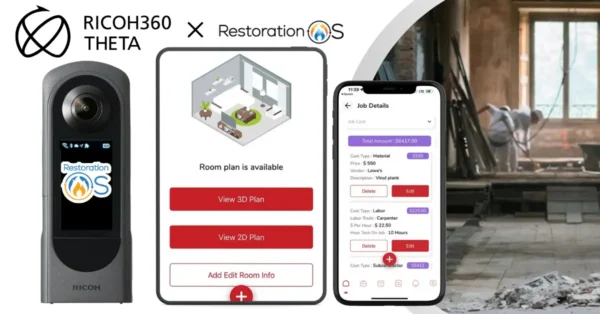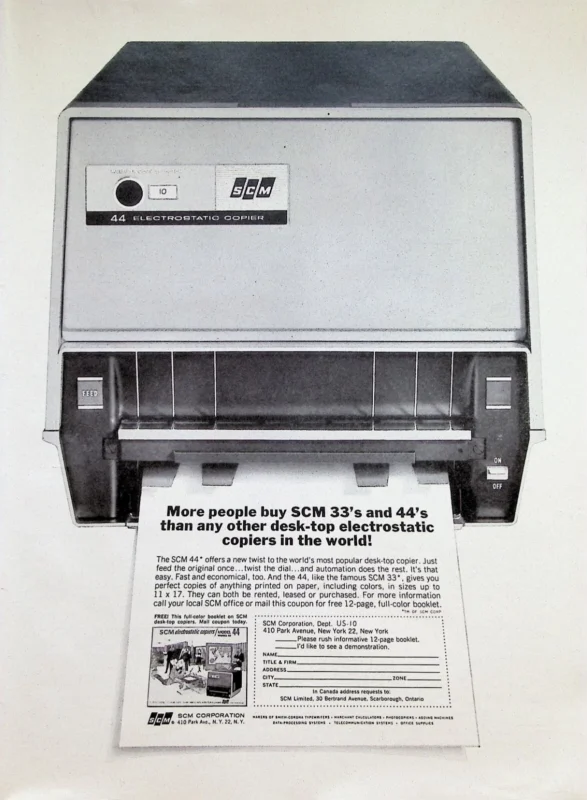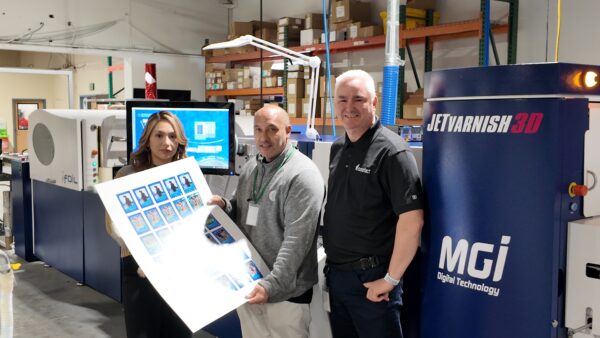The current crisis is reshaping the A3 landscape in ways that no one could have predicted.
Overall, the office equipment market for A3 MFPs was relatively flat even before the COVID-19 pandemic hit our industry. There were some pockets of growth, such as A3 workgroup color and high-speed B/W (70-plus pages per minute), but for the most part, the shift to A4 MFPs and workflow digitization had already been impacting the A3 MFP market.
The A3 market typically comprises enterprise, corporate office, and general office environments, while the A4 market consists of solutions designed for small businesses and home offices.
With more people working from home in the U.S., A3 MFPs are sitting idle in offices across the country. In contrast, A4 home office/small office devices are most likely being overutilized, at least in the short term, for schoolwork and other general office documents. What will the impact be for these devices moving forward? Will working from home encourage more workers to become less reliant on paper? There are both internal and external paper workflows in traditional offices. Will this stay-at-home quarantine expedite the transition to digitization?
An Integral Element of the Office Ecosystem
Most A3 MFPs are used by small workgroups within larger organizations and typically generate documents that need some form of finishing component (i.e., stapling/sorting, 3-hole punch, booklet-maker, etc.). Or, they are used for short-run color output requiring heavier stock or 11×17 paper size. In addition, these devices are used in vertical markets that tend to have the highest percentage of print volumes (i.e., healthcare, education, public admin, professional services, and financial services). They typically are under a lease-based or managed print services (MPS) contract with technical services and support provided by the OEM directly or by a channel partner.
Many A4 MFPs are purchased outright and may not be under an MPS or lease contract, especially in SOHO environments. While this trend is changing in our industry, we also see a shift to seat-based-billing services where fees are charged based on the number of users, not on devices in an office or workgroup.
A3 MFPs make up roughly 40% of all devices within offices, and A4 MFPs make up the rest. In recent years, we have seen a shift to more compact printers and MFPs from many of the OEMs with shared consumables, supplies, service parts, and finishing options across a variety of speed segments. These changes are in direct response to shifting customer requirements, improvements in technology, and supply chain efficiencies. Many OEMs are limiting the number of A3 models in their portfolio, shifting to A4 printers and MFPs in the same speed class or switching their fleet from monochrome to color. These changes are related to a more managed approach to overall printing needs in the office. As we, as an industry, have become experts in all things MPS, we have improved overall efficiency in time-to-market, preventative maintenance, security, and sustainability on the A3 MFP. These devices typically are the hub of document workflow in the office with powerful scanning capabilities, cloud storage, and other document management tools, and they have become an integral part of the office ecosystem.
A Dramatic Change
As more knowledge workers are functioning outside the office, the impact on an industry that was already in flux has been dramatic.
Recently, several North America paper mills announced they would be temporarily idling operations due to the decline in demand for uncoated freesheet office paper as a direct result of the COVID-19 pandemic. This slowdown in demand has had a negative impact on the office industry. How are OEMs adapting to this downturn, and what does the future look like for A3 devices as the office goes through this dramatic shift? The new normal is just that, “new.” While we were going about our day, the world changed dramatically.
Prior to the pandemic, many OEMs were shifting their manufacturing operations from China to other locations in southeast Asia, due to impending trade wars and tariffs. Recently, Japan’s government announced it would spend over $2 billion to help its country’s firms move production out of China. The supply chain has shifted, and a return to status quo China trade pre-pandemic is unlikely. Many companies, not just the office equipment technology OEMs, will be compelled to go much further in rethinking their overall sourcing strategies.
Redirected Focus
As the pandemic has escalated, many office technology OEMs have redirected their focus to create new solutions for those battling the COVID-19 crisis. For example, Konica Minolta’s Dremel 3D40 printer has been programmed to create and print air-filtering masks, while its robotics business is using telepresence robots to enable remote telehealth sessions. Konica Minolta’s All Covered division is offering access to tools for customers transitioning to remote working.
Xerox is leveraging its manufacturing capabilities and in-house materials expertise to produce hand sanitizers. Early on, Xerox had announced it was partnering with medical technology company Vortran to help speed up and scale production of the G02Vent ventilator and airway pressure monitor to help fight the COVID-19 battle. Similarly, HP’s 3D-printing team, along with its Digital Manufacturing Partner Network, are producing essential parts such as ventilator valves, breathing filters, and face mask clasps for medical responders and hospitals. Ricoh has started making face shields in Japan, using 3D-printing technology and special molds to speed up the manufacturing process.
These are just a few examples of how the industry has adapted to current events. It’s not just the OEMs that have altered their day-to-day activities to assist, several office equipment dealers have also shifted gears and are using their shipping resources to help bring valuable supplies to their communities’ first responders and healthcare facilities.
Post-Pandemic
It may take some time for this industry to catch its breath, but when it does, it will emerge more adaptable than ever. Office devices have been through many changes throughout the years, from analog to digital, from monochrome to color, to mobile print and cloud services, and now to collaboration tools and artificial intelligence/data analytics.
While the A3 MFP may not be as core to OEM’s and dealer’s product offerings in the aftermath of the pandemic, the need to continue to solve customers’ problems will remain. Document imaging solutions vendors and partners must sell themselves as “solutions solvers” to their customers.
Although print continues to decline in the office, there has been a slight uptick in light-production printing within the government and healthcare sectors and a shift to consumer-based printer/MFP bundles for remote office/home office workers. These may be short-term solutions for the industry, but they are not viable in the long term.
While the document imaging industry was already in a period of change before the pandemic, it may have accelerated the transformation process with the need for more collaboration and remote solutions, smart workplace products, and document automation services. The intelligent digital workplace will continue in one form or another where people, data, content, community, and context meet. Those that can adapt, reinvent, and be seen as “solution solvers” will remain competitive moving forward.
Access Related Content
Visit the www.thecannatareport.com. To become a subscriber, visit www.thecannatareport.com/register or contact cjcannata@cannatareport.com directly. Bulk subscription rates are also available.



